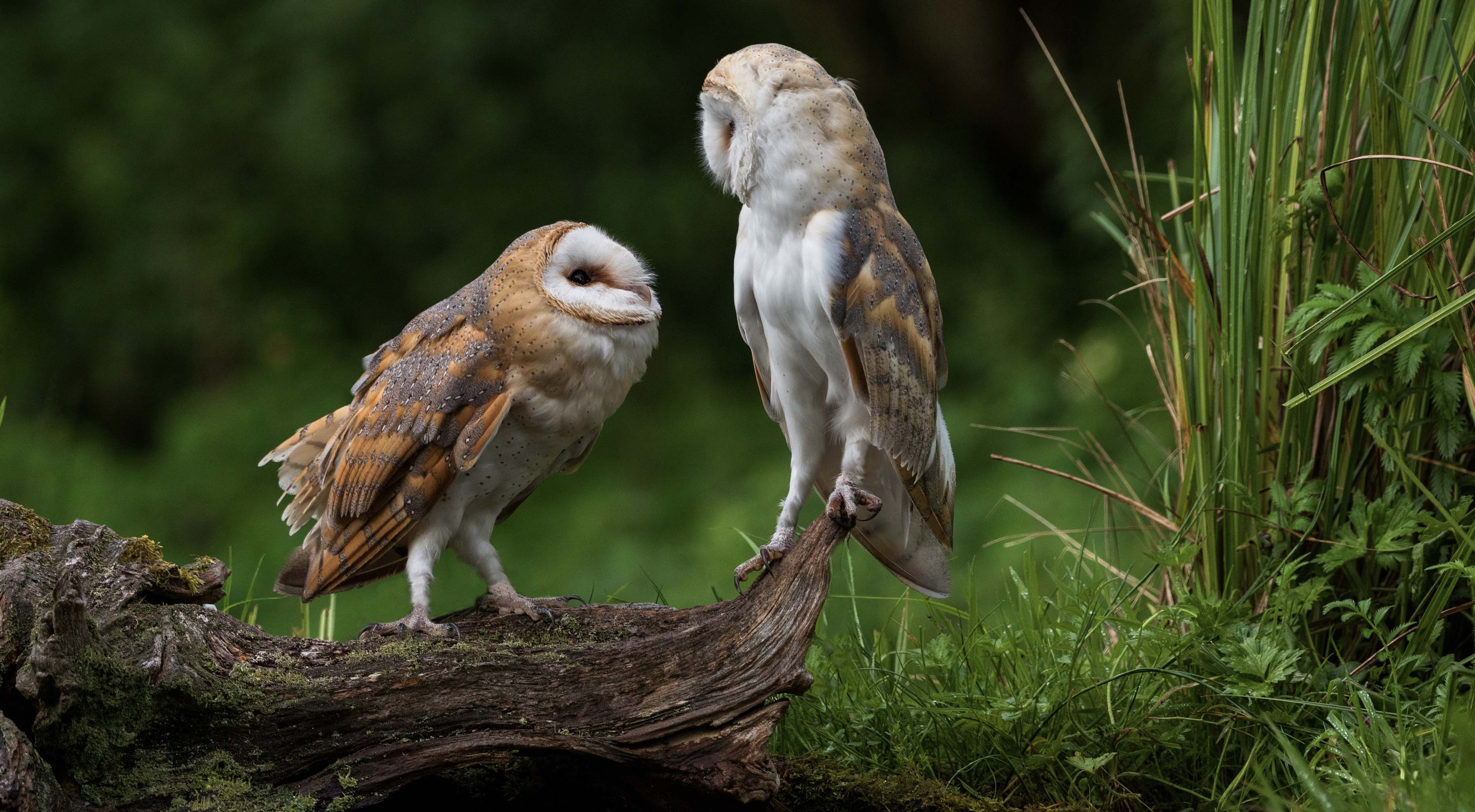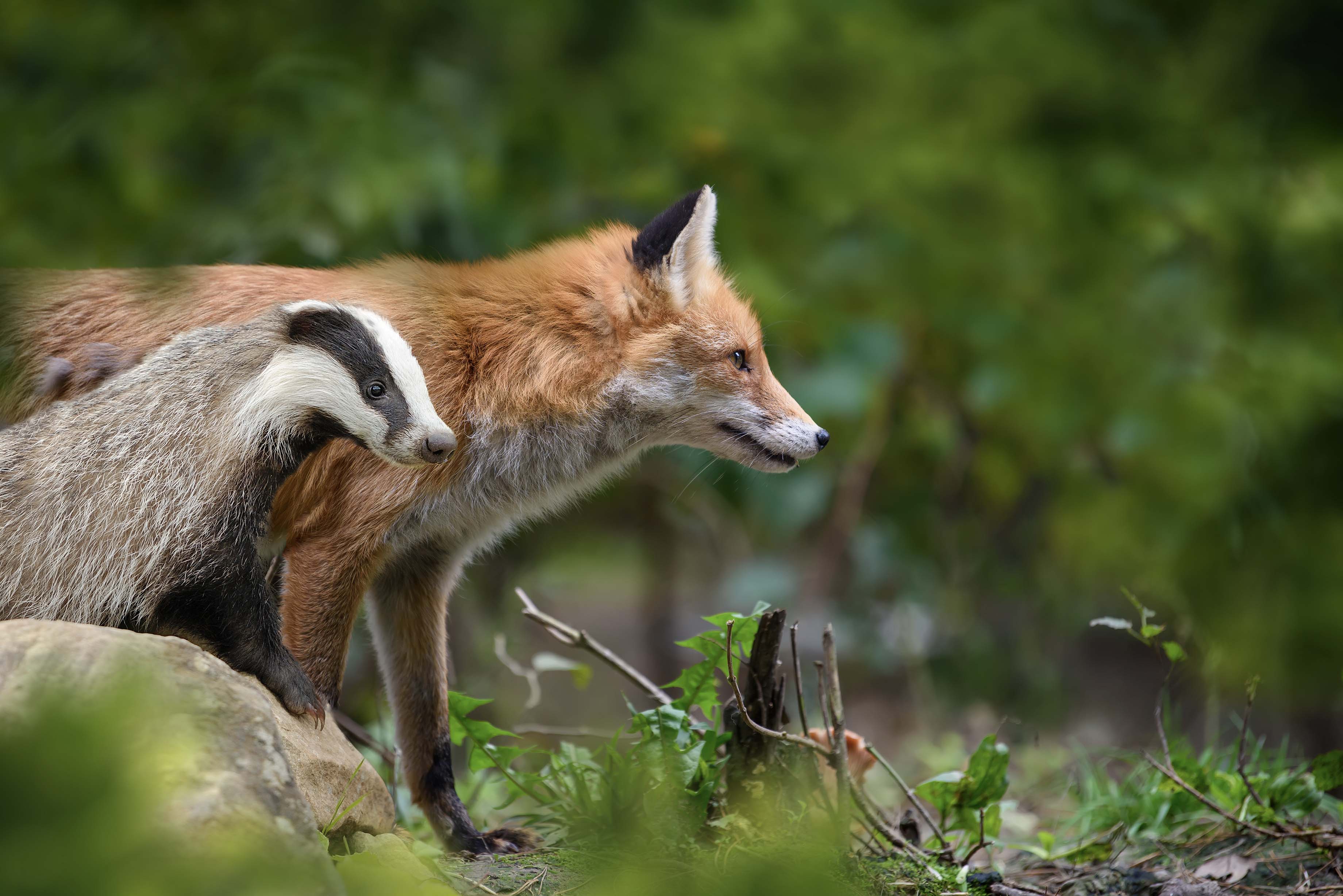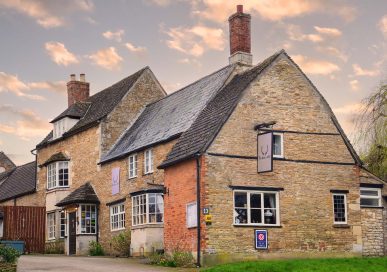A Season of Wildlife
Rutland and Stamford comprises towns, villages and vast expanses of countryside in-between, in which a diverse amount of wildlife lives. And the best time to enjoy the natural world? Winter, unfortunately, so wrap up warm and take a flask of coffee on your nature walk!

This January what could be a better antidote to all that shopping, wrapping, cooking and cleaning the house ready for family to visit, than enjoying the stark, crisp tranquillity of the new year, and watching the natural world go about its business.
Mammals, birds, they’re all oblivious to the festivities, as each species adopts its different techniques and strategies to survive the winter. It’s a sort of silent wonder, going on all around us, life or death for so many creatures, and yet we’re busily oblivious to it, unless we make time to notice nature this month.
At least, Stamford and Rutland’s countryside, towns and villages are ideal places from which to enjoy observing the natural world, and there’s so something mindful about watching animals with more to concern themselves about than all of the self-induced stress of festive preparations.
Hedgehogs
It’s widely stated that hedgehogs hibernate. In fact, their state is more accurately one of torpor. The creatures build thick-walled nests known as hibernacula and rather than sleeping, lower their body temperature and slow their bodily processes to enter a sort of silent running state. Hedgehogs will, occasionally, venture out of their hibernacula, especially if it’s particularly cold, and they will sometimes relocated to a warmer place. Hoglets are typically born in midsummer but can make an appearance as late on as mid-autumn. That being the case, the race is on for hoglets to reach about 750g, the weight that experts reckon is sufficient to allow them to survive in the winter.
Badgers
If there’s one species akin to humans in their winter habits, it’s badgers. Whilst they don’t really hibernate per se, badgers nonetheless put on weight around Christmas and then live off that bloat during January and February. Living with their kin, a badger’s sett can be shared by anything from three or four to 15 badgers.
Foxes
Whilst many mammals take it easy during the cooler months, though, vulpes are very much up and about during the winter months, even in daylight. There are about 350,000 foxes in the UK and their sense of derring do often leads them into urban areas as much as the countryside. The winter months are mating season for foxes and so they’re more vocal than at other times of the year in winter. A vixen during heat will make the most extraordinary and blood-curdling screech, usually late in December and into January before she retreats to a den or ‘earth’ to give birth typically to four or five cubs in March or April. Foxes may look cute but can, of course be very territorial and vicious!
Deer
October and November mark the deer rut, so in December, they tend to be a little calmer, making spotting deer a little easier. The best time to see deer is early morning or late evening, and the area’s estates are the best places to observe deer. Photograph them with a long lens and keep at least 50 metres from them.
Starlings
The collective term is a murmuration of starlings. But the sight is extraordinary. The flock can number up to 100,000 birds and later November into February is usually the most prolific time for murmurations of starlings, most of which are native, although some migrate to the UK from Northern Europe, arriving via the East Coast.
Owls
Barn owls are the UK’s best loved owls, seen at dusk around farmland and woodland. You’ll see them more often during winter given that their prey tends to be less active and therefore trickier to hunt. Meanwhile barn owls are poorly insulated and require extra energy to survive over winter. Starvation for barn owls peaks between December and March.
Garden Birds
Every January, the RSPB launches its Big Garden Birdwatch campaign, one of the UK’s largest surveys of native birdlife. This year’s survey asks members of the public to spend one hour counting the number of common bird species observed in their garden, park or local woodland. Last year’s survey revealed that the region’s top five bird species are the House Sparrow, Blue Tit, Starling, Blackbird and Woodpigeon. Among our most conspicuous garden birds this month is the robin, which is far less tolerant of others as temperatures drop. Despite their demure appearance, robins are territorial birds and can be highly aggressive… to another bird they’re hardly the friendly little fellow we’re used to seeing on our Christmas cards!
Wildfowl
Rutland Water is one of the UK’s most unique bird habitats, and quite aside from its well-known osprey population, it’s eight lagoons have all been designed to suit different species such as the 25,000 ducks, geese, swans, wintering grebes, divers and egrets who create a winter spectacle for birders.
Insects
People often question what happens to spiders during the winter, having seen so many during the autumn. Most simply die. Those that do survive the ravages of winter will either do so in a comfortable nook in our houses or outbuildings (some that live in our centrally-heated homes may continue to be active if there’s sufficient food) or in torpor in the leaf litter.
Flora and Fauna
If you’re handy with a camera, winter interest isn’t simply limited to mammals and birds… the area’s patches of woodland will enable you to appreciate the range of under-appreciated mosses and lichens that create startling displays on the forest floor. Finally, for a great winter walk, Clipsham’s 200-year old Yew Tree Avenue comprises 150 clipped trees tended by the Clipsham Yew Tree Avenue Trust.
Find Out More: The RSPB’s Big Garden Birdwatch takes place from 27th to 19th January 2023. See www.rspb.org.uk.







